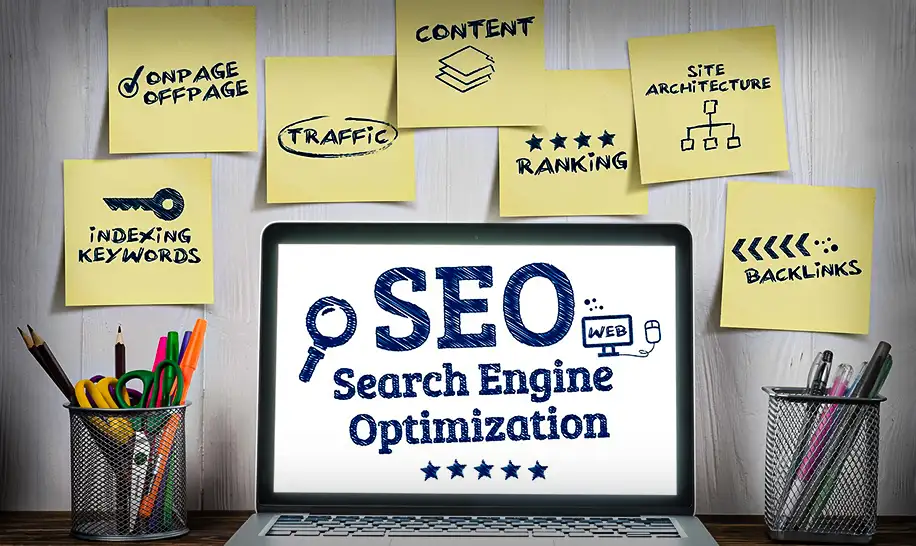Introduction
In today's digital age, having a well-optimized website is crucial for businesses and individuals alike. A website that loads quickly, is easy to navigate, and provides a seamless user experience can greatly enhance engagement, improve conversions, and boost search engine rankings. However, optimizing a website can be a complex task, requiring careful consideration of various factors. In this blog post, we will explore multiple approaches to website optimization that can help you achieve optimal performance and user satisfaction.
Content Optimization
Content optimization involves making your website's content more accessible, engaging, and valuable to users. This approach focuses on improving the quality and relevance of your written, visual, and multimedia content. Consider the following strategies:
- Conduct keyword research to identify relevant keywords and incorporate them naturally into your content.
- Create compelling headlines and meta descriptions that entice users to click on your website in search engine results.
- Use high-quality images and videos that are optimized for fast loading times.
- Break up long blocks of text with subheadings, bullet points, and numbered lists for better readability.
- Regularly update and refresh your content to keep it relevant and current.
Mobile Optimization
With the increasing use of smartphones and tablets, it's essential to optimize your website for mobile devices. Mobile optimization ensures that your website is responsive, visually appealing, and easy to navigate on smaller screens. Consider the following techniques:
- Use responsive design to ensure your website adapts to different screen sizes and orientations.
- Optimize images and videos for mobile devices to reduce loading times.
- Simplify navigation by using clear menus, buttons, and icons.
- Prioritize important content and place it above the fold to capture users' attention quickly.
- Test your website on various mobile devices and browsers to ensure a consistent experience.
Page Speed Optimization
People have become accustomed to instant gratification, and slow-loading websites can be a major turn-off. Page speed optimization focuses on improving the loading times of your web pages. Consider the following strategies:
- Optimize image and video files by compressing them without compromising quality.
- Minify CSS, JavaScript, and HTML files to reduce their file sizes.
- Enable browser caching to store static resources and reduce server requests.
- Use a content delivery network (CDN) to distribute your website's content across multiple servers worldwide.
- Regularly monitor your website's performance using tools like Google PageSpeed Insights or GTmetrix.
User Experience Optimization
User experience (UX) optimization aims to improve how users interact with your website. It involves creating intuitive interfaces, reducing friction, and providing a seamless browsing experience. Consider the following techniques:
- Simplify your website's navigation by using clear menus and logical page hierarchies.
- Ensure that all links, buttons, and forms are functional and easy to use.
- Optimize your website's layout for readability and visual appeal.
- Use white space effectively to improve legibility and highlight important elements.
- Conduct user testing and gather feedback to identify any usability issues and make necessary improvements.
SEO Optimization
Search engine optimization (SEO) is crucial for increasing organic traffic to your website. By optimizing your website for search engines, you can improve its visibility and rankings in search engine results pages. Consider the following SEO strategies:
- Conduct keyword research to identify relevant keywords and incorporate them strategically into your content.
- Optimize your website's meta tags, including titles, descriptions, and headers.
- Build high-quality backlinks from reputable websites to improve your website's authority.
- Improve your website's internal linking structure to help search engines crawl and index your content effectively.
- Regularly monitor your website's SEO performance using tools like Google Search Console.
Conclusion
In conclusion, website optimization is a multifaceted process that involves various approaches. By optimizing your website's content, mobile experience, page speed, user experience, and SEO, you can enhance its performance, improve user satisfaction, and attract more visitors. Remember that optimization is an ongoing process, and it's essential to monitor your website's performance regularly and make necessary adjustments to stay ahead in the digital landscape.











